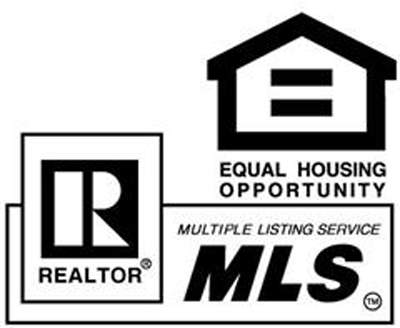Home sales will grow modestly this year, but a continuing inventory shortage will keep upward pressure on prices and make it hard for many people to buy, even though interest rates remain low. That’s according to NAR Chief Economist Lawrence Yun, who spoke to members Thursday morning at the 2016 REALTORS® Legislative Meetings & Trade Expo in Washington, D.C.
Yun predicted existing home sales will rise to 5.5 million at the end of the year, up slightly from 5.4 million last year. New-home sales will rise to 540,000 units from half a million, but because that segment of the market is currently so far below historical levels, the gains won’t come close to closing the inventory gap, Yun said.
What’s more, most new homes are at higher price points, exacerbating affordability struggles for first-time and moderate-income home buyers. Yun said larger homes are the most profitable for builders, who have to worry about meeting local ordinances and other costs. He added that most new homes come on the market at more than $300,000.
The West saw home prices rise 35 percent over the last three years, making that the least affordable part of the country and dampening sales there, he said. While sales increased almost 20 percent last year in the Northeast, they dropped almost 10 percent in the West.
Inventory shortages continue to be a main driver of price increases, which were almost 7 percent nationally last year. The increase far outpaced wage gains, which were up only about 2 percent. Yun is forecasting prices to rise another 4.5 percent this year.
Continuing low interest rates are a bright spot, but Yun warned that when inflation picks up, mortgage rates will follow suit. Yun said today’s low consumer price index (CPI), at about 1.7 percent, doesn’t reflect the rise in prices people are seeing on everyday items because low gas prices are keeping the broader index down.
But CPI won’t stay low forever. Yun said the monthly rental rate tenants pay is going up (almost 4 percent this year, a seven-year high) and that will send the broader index up. When that happens, the Federal Reserve will raise the short-term interest rate it charges banks, which in turn will impact mortgage rates.
Right now he’s forecasting mortgage rates to be at 3.9 percent at the end of this year, about where they were last year, and to rise to 4.6 percent in 2017. Yun identified 6 percent as a mortgage-rate threshold, noting anything much higher than that will curb home sales. “If rates get to 7 or 8 percent,” he said, “watch out.”
Bottom line: Look for modest market growth this year and next, but as long as inventory shortages persist, homes will become increasingly unaffordable. Once mortgage rates start going up, which they could do as rental rates continue rising, sales will be hurt.
—Rob Freedman, REALTOR® Magazine


